In Living Color: The Cultural Splendor of Gara Cloth in Sierra Leone 🇸🇱
- la Djalobienne Eton

- Jan 29, 2024
- 3 min read
In the heart of West Africa, Sierra Leone boasts a rich cultural tapestry woven with the threads of tradition and history. Among the many facets of this vibrant culture, Gara cloth stands out as a symbol of elegance, craftsmanship, and heritage. This traditional hand-dyed and embroidered fabric has deep roots in Sierra Leonean history, telling stories of identity, artistry, and community.
Historical Roots
Gara, a beloved traditional tie-dyed cloth, gained popularity in the late 1960s when most raw material was imported from Europe. The cloth initially arrived in white, and local artisans, often women would skillfully dye it using indigo for varying shades of blue or kola nut for a diverse range of brown hues. Among Peace Corps volunteers, Garra became a favored choice. Frequently, the sections we purchased, known as Lappas, were transformed into dresses or shirts by skilled local tailors.
Symbolism and Cultural Significance
Gara cloth is not merely a textile but a canvas that tells stories and communicates cultural symbols. The patterns often hold specific meanings,
representing Sierra Leonean identity, spirituality, and history. Some designs are associated with particular ethnic groups, while others may signify status, marriage, or community affiliations.
Beyond its symbolic significance, Gara cloth plays a central role in Sierra Leonean ceremonies and celebrations. It is commonly worn during weddings, naming ceremonies, and other festive occasions, representing cultural pride and unity.
Craftsmanship and Production
The art of Gara tie-dying originated in Makeni, Sierra Leone, and has evolved into a centuries-old tradition passed down through generations. This meticulous craft values environmental sustainability, utilizing natural materials like plant dyes and starch.
The result is a diverse collection of intricate patterns, each telling a unique story and reflecting aspects of Sierra Leonean culture.
Creating Gara textiles involves a complex and time-consuming process, requiring exceptional skill and attention to detail at every stage. Known for their versatility, Gara tie-dyed textiles are utilized in various domains, including clothing, home decor, and ceremonial attire. Popular among tourists, Gara textiles are frequently chosen as souvenirs, with local shops and markets offering a wide range of products made from Gara fabric. Makeni is the hub of Gara tie-dying, home to numerous skilled artisans proficient in this traditional craft.
Weaving Tradition into Everyday Life
With its rich cultural heritage and intricate designs, Gara cloth finds versatile usage in various aspects of Sierra Leonean life. Beyond its traditional significance, Gara cloth is often employed in creating elegant and vibrant clothing, ranging from dresses and shirts to ceremonial attire. The fabric's versatility extends to home decor, which is utilized for items like curtains, tablecloths, and wall hangings, adding a touch of tradition to domestic spaces. Furthermore, Gara cloth has become a favorite among tourists, who appreciate its unique patterns and cultural significance. Many visitors purchase Gara fabric-based products as souvenirs, supporting local artisans and taking home a piece of Sierra Leonean craftsmanship. Whether adorning the body or enhancing the aesthetics of living spaces, Gara cloth continues to weave itself into the fabric of daily life, embodying the enduring beauty of Sierra Leonean culture.
Gara cloth stands as a testament to the enduring cultural heritage of Sierra Leone. Its intricate patterns, vibrant colors, and cultural symbolism tell stories that transcend generations. As efforts to preserve and promote this traditional art continue, Gara cloth remains a symbol of Sierra Leonean identity and contributes to the global appreciation of African textile traditions. In the threads of Gara cloth, one can find a rich tapestry of history, craftsmanship, and the timeless beauty of cultural expression.
Gara's magic lies in its ability to transcend time, intertwining the past and present into a fabric that whispers the secrets of Sierra Leone. - La Djalobienne Eton








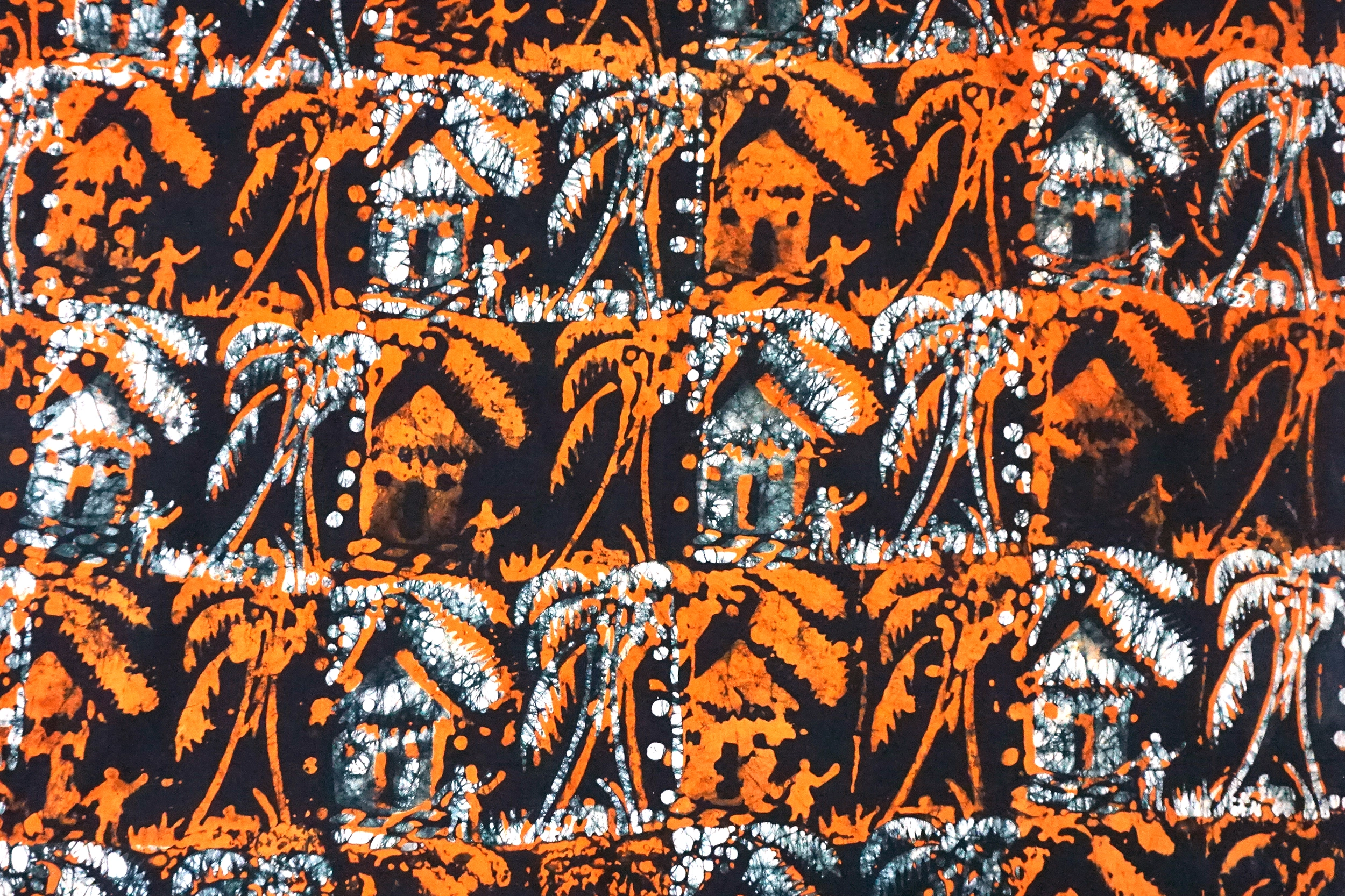
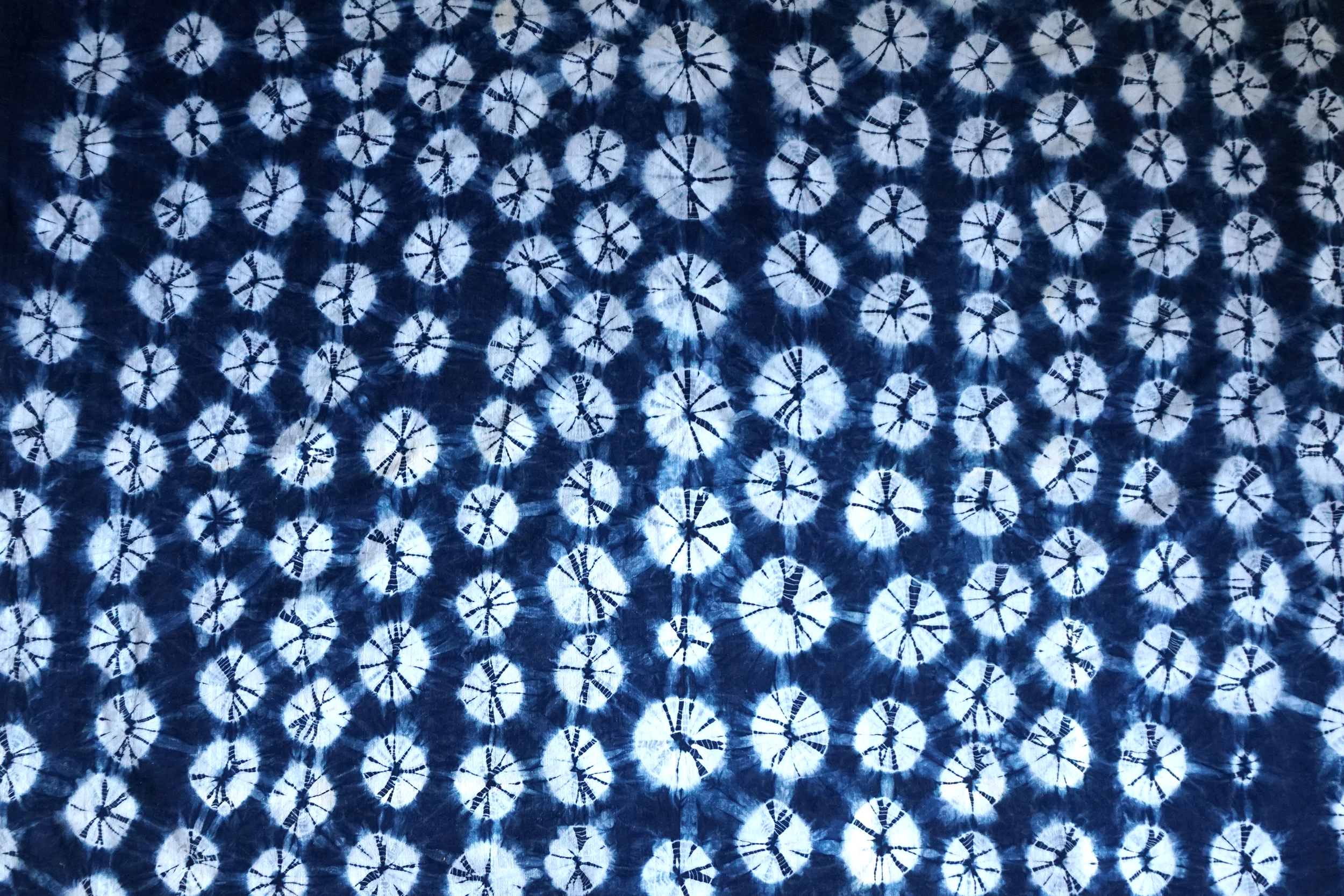
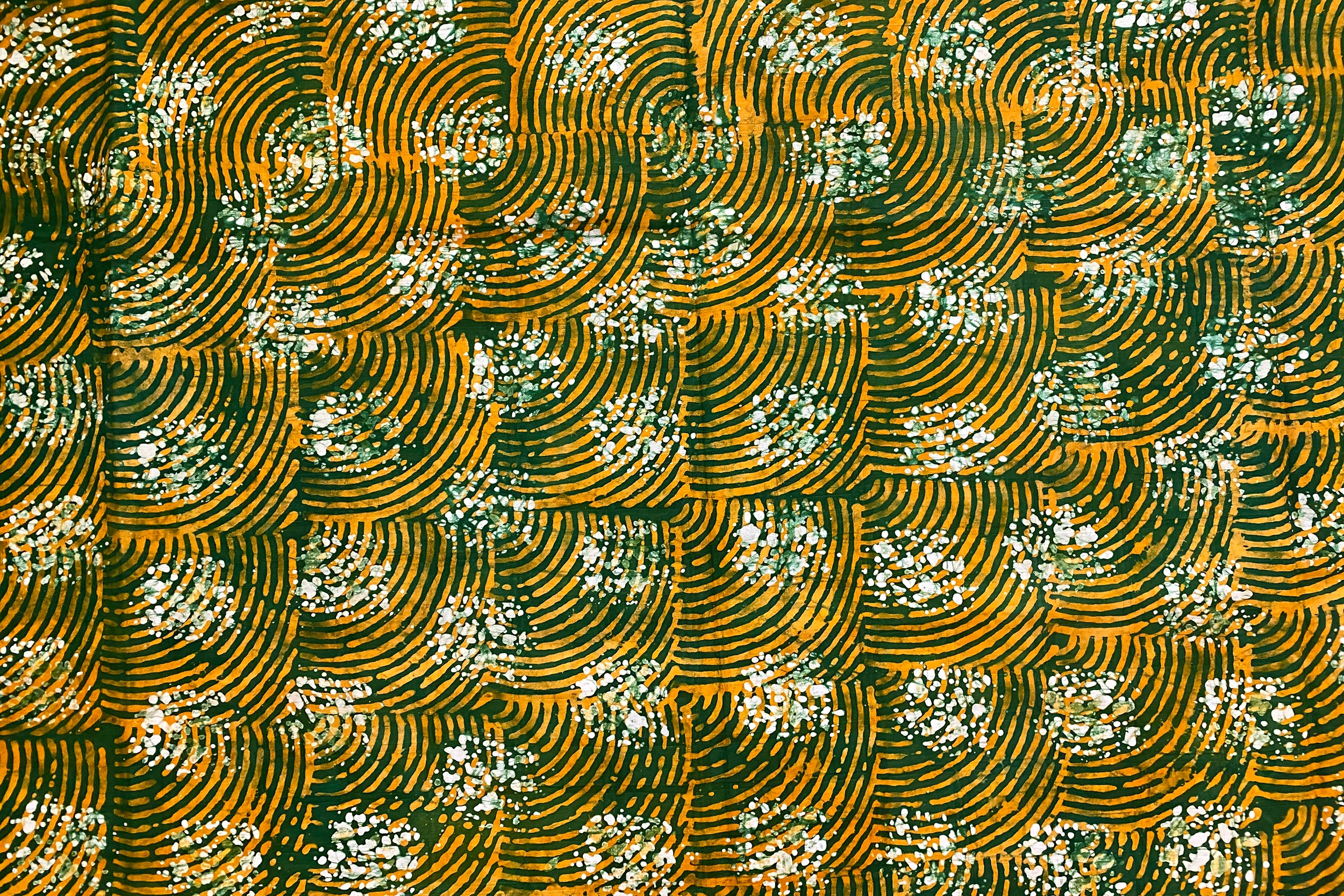
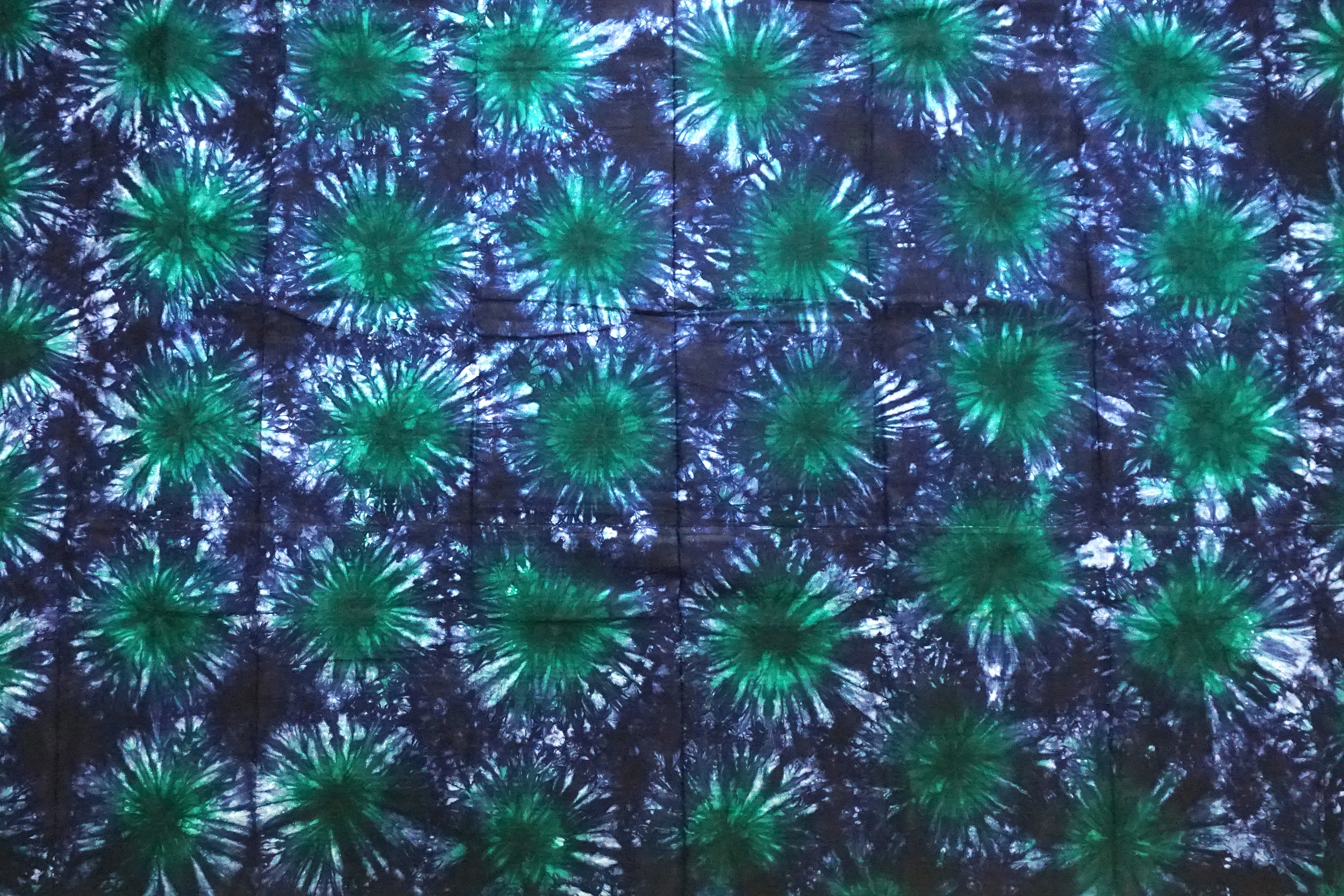
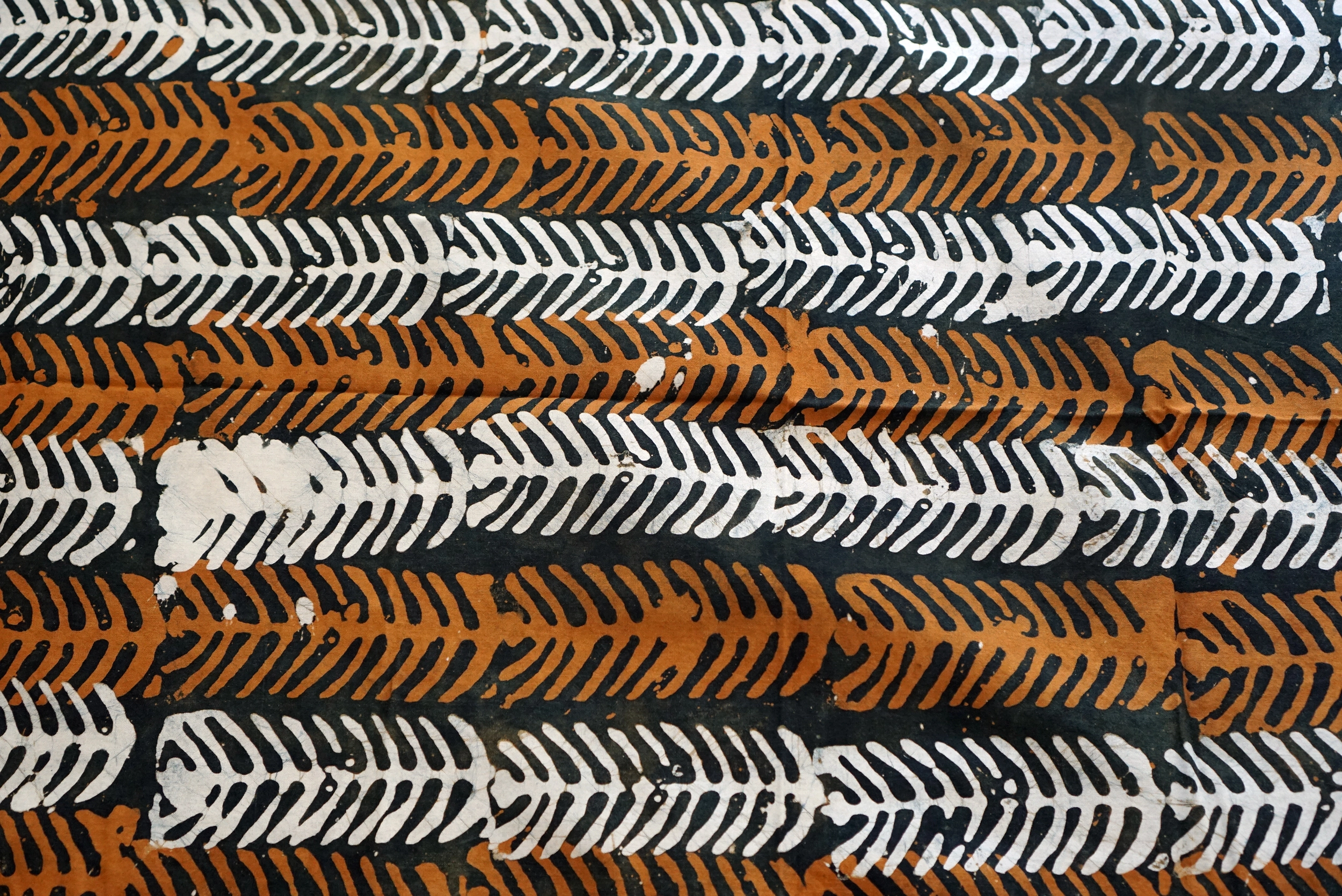
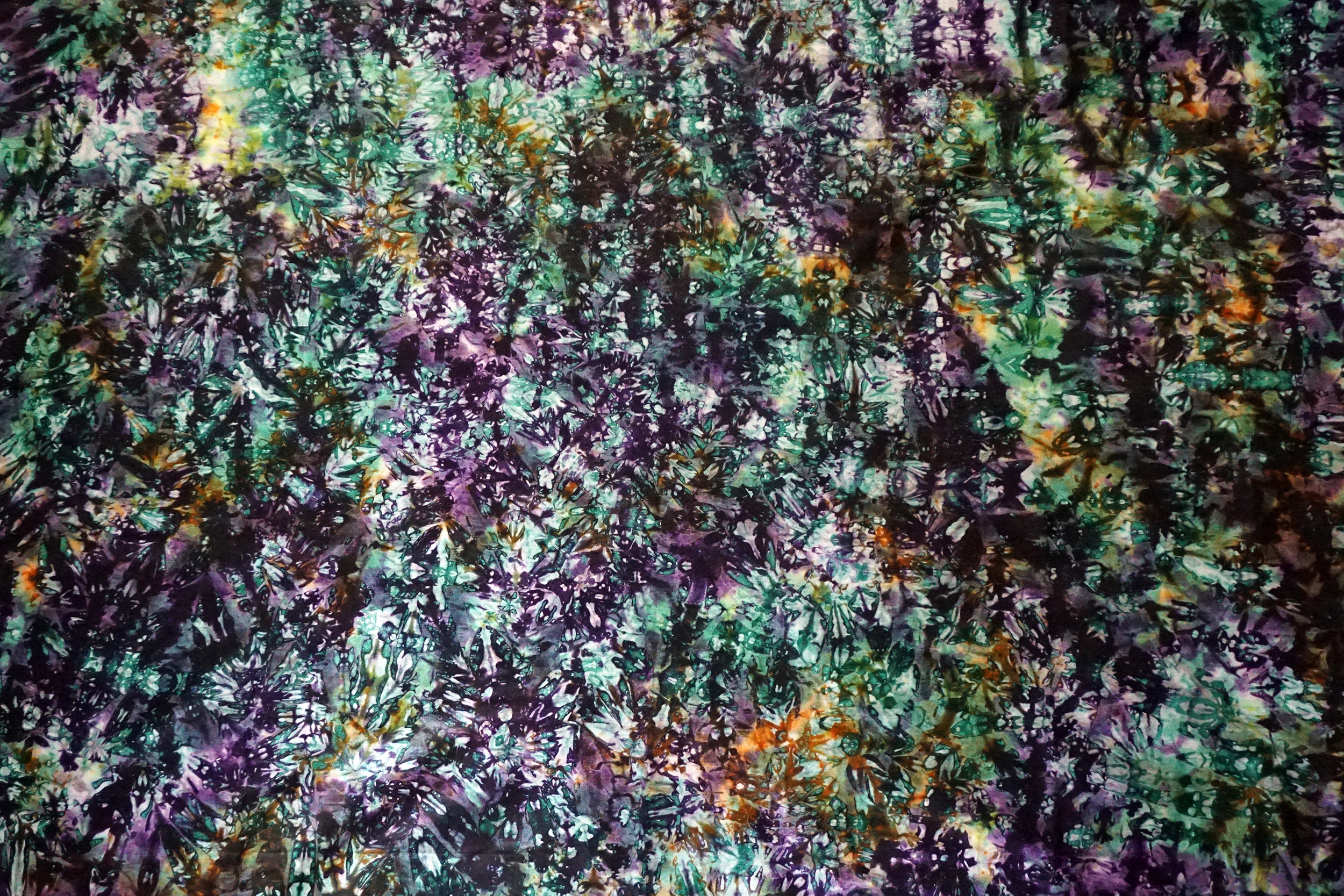


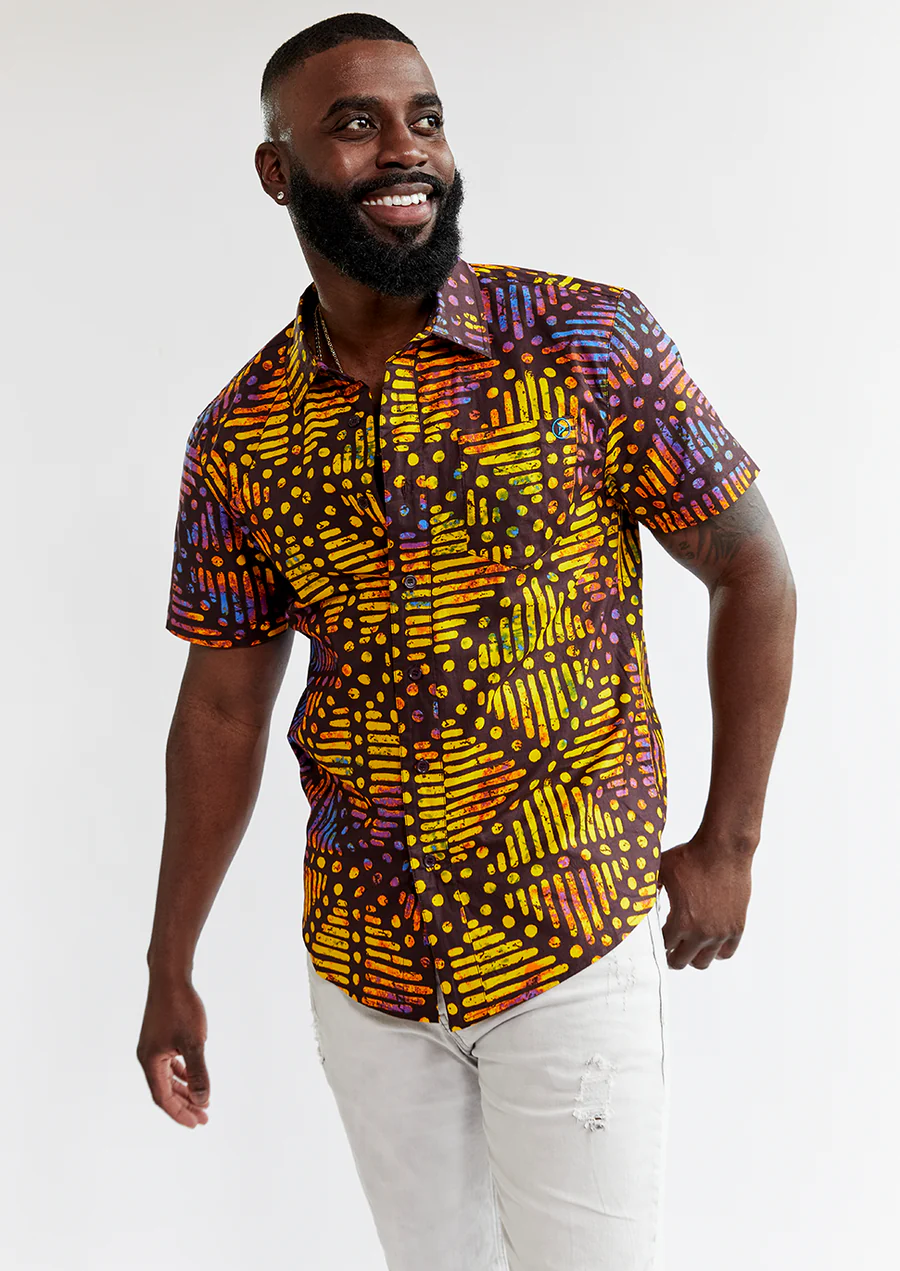

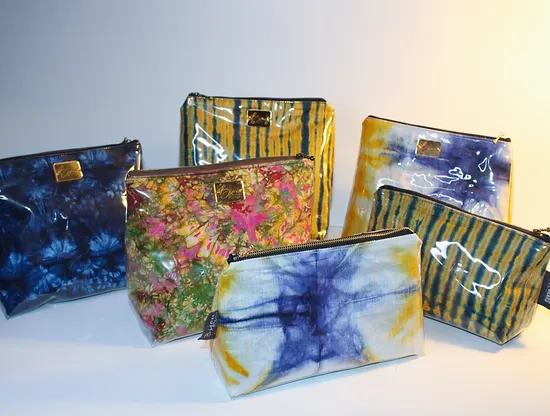







Comments